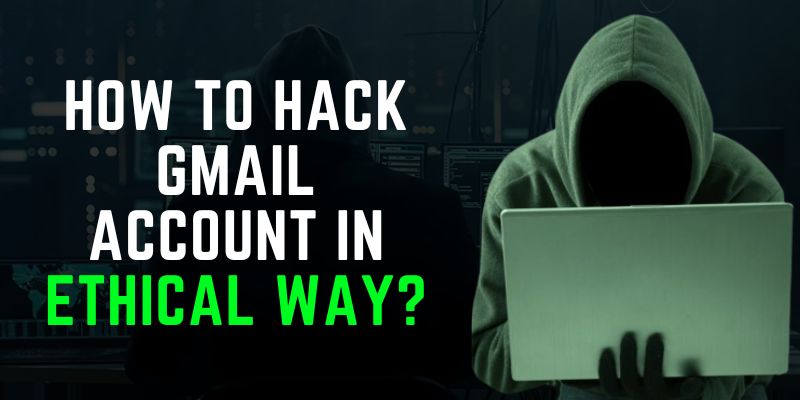Many people are interested in learning how to hack a Gmail account. You know it’s Google’s free email service, which also includes Google Docs and Google Drive. It’s as safe as a Google service should be. Even when creating an account, there are numerous verification stages in place to keep bots, false accounts, and hackers out. Learn Ethical Hacking Course in Chennai to learn How To Hack Gmail Accounts in an Ethical Way? with live projects with the help of well-experienced Instructors and 100% placement Assistance at FITA Academy.
Before activating your account, you must link another email account with Gmail, and you must also use phone verification to prove your identity. Gmail may appear to be an unbreakable fortress that hackers will never be able to breach because of its numerous security features. This is not the case, unfortunately. Hackers can use various techniques to access these accounts, and you should be aware of them if you want to prevent becoming a victim.
Keylogger
One of the most successful and widely used methods for hacking information is using a keylogger. While some services are extremely powerful, even the most skilled hacker will have difficulty detecting vulnerabilities, and all of these security features are frequently overcome by Keylogger.
A keylogger is software (or hardware) that runs in the background of a computer and records every keystroke forced by the user. Although many expert hackers employ sophisticated means to remotely install keyloggers, such as downloading a P2P file or embedding the program in other types of software, newcomers to the target computer can also install these applications. Learn how to protect your system from cyber-attacks through an Ethical Hacking Online Course. FITA Academy is a well-known firm that offers high-quality training from industry specialists.
Phishing
Phishing is an extremely successful way for hackers to acquire login credentials, credit card information, and other forms of information. Essentially, a hacker attempts to create a website (with a fictitious URL) that looks and acts like another website – in this case, Gmail. The attacker only needs to copy the Internet code from the login screen, add some PHP code, and then collect the usernames and passwords.
After creating a fake phishing site, the hacker sends fake site links to all of their victims. A careless user will not notice that the URL is slightly different, allowing the attacker to intercept their username and password. To avoid suspicion, the phishing site will usually redirect the user to a reputable website. Despite numerous phishing filters and web URL blocklists attempting to brand phishing, new phishing sites appear on a regular basis, and there is nothing we can do to eliminate them completely.
Gmail Account Hacking Final Thoughts
While the average user is unlikely to be able to defeat a skilled hacker, there are several steps that can be taken to reduce the likelihood of being hacked. Make sure you don’t share your password with anybody else. To avoid session hijacking, always log out of Gmail after reading your email. To help reduce the chances of being infected by Keylogger, everyone should scan their computer on a regular basis with antivirus and spyware software. Learn Ethical Hacking course in Bangalore, which provides worthy training with placement assistance.

